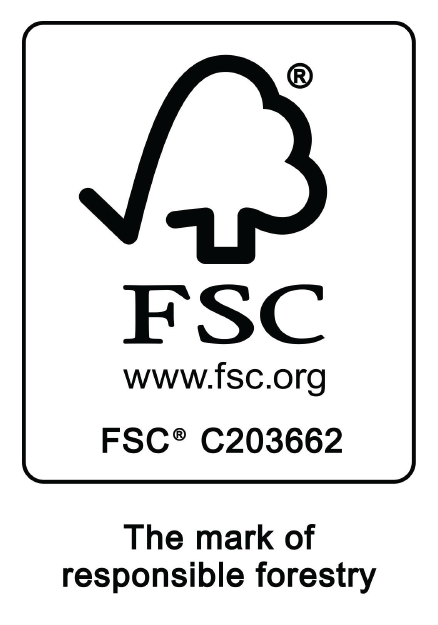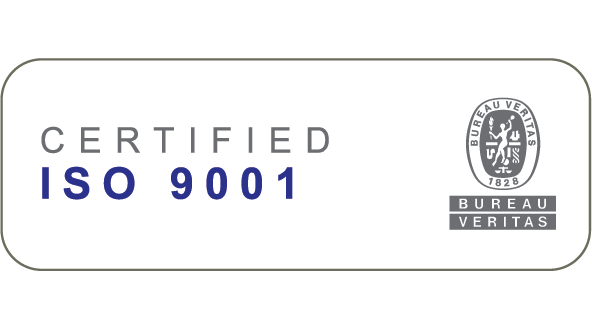West Africa Afrormosia
WOOD TYPE
Common names: AFRORMOSIA, assamela, mohole, Koktodua .
Botanical classification: Pericopsis elata.
GENERAL
Main products: Sawn wood (solid), veneer.
Natural attributes - structure - origins: Dense and heavy wood (0.62-0.78 g/cm³). The heartwood darkens in the atmosphere and becomes orange-brown. It is heterochromic, fine textured and fairly hard. Grain is straight to slightly interlocked. Contains tannin. Found in Africa (Congo, Ghana, Ivory Coast).
Natural durability in time: Very long lasting with great resistance to termites and fungus.
Mechanical attributes: Heavy and dense wood with high flexural strength and crushing strength with average elasticity and resistance to shock loads. (Resistance littlehigher than that of beech).
Density: R (12-15%) = 0.69 g/cm³
Modulus of elasticity: 12.500 N/mm² (2)
WOOD PROPERTIES AND PROCESSING OPERATIONS
Drying behavior and stability after drying: Relatively slow drying (50/60° - 65/75°), with a tendency to slight deterioration and little mobility (solid wood).
Impregnation behavior: Very difficult to impregnate.
Bending behavior: Average flexion (RADIUS/thickness = 14/1), because it deforms during steaming.
Working properties - tool blunting: Good to work with, with average tool blunting properties. It has a slight tendency to cause fiber straightening during planing. Cutting angle 20°. Requires disk from tungsten.
Νailing and screwing: Requires predrilling.
Gluing behavior: Good.
Dyeing and finishing: Good paint, excellent finish.
APPLICATIONS
Outdoor and indoor use, ships, window sills, stairs, floors, accessories in shops, quality carpentry constructions, wall claddings, anchor stakes in harbors, veneers. You should avoid contact with rusting metals and wet environments.










